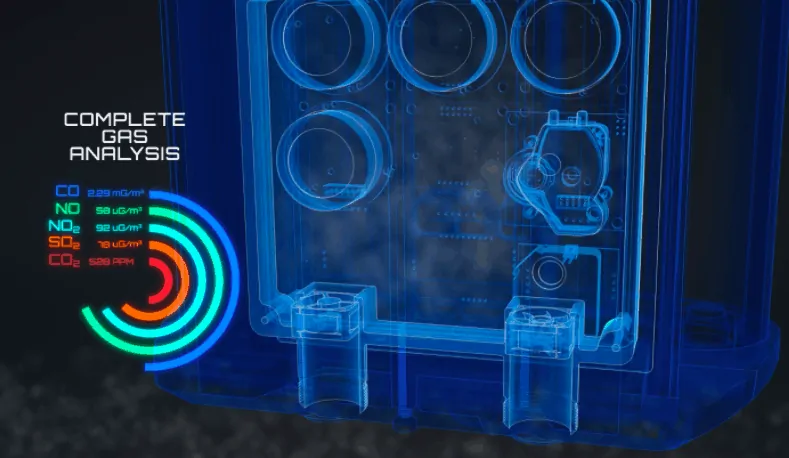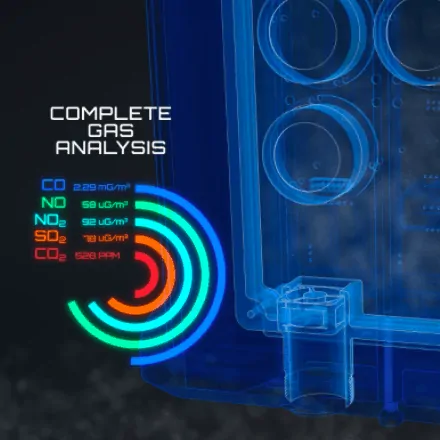Passive vs Active Sampling for Sensor-based Ambient Air Quality Monitoring

Passive vs Active Sampling for Sensor-based Ambient Air Quality Monitoring
Written By : Ankit Vyas & Ayyan Karmakar Published On September 1, 2020
Air pollution with its cascading effects across the population has become a serious matter of concern. To address this air pollution problem, availability of accurate and reliable air quality data is crucial. The quality of air monitoring depends upon how the sample of air is collected and how it is analysed. This paper majorly focuses on passive vs active sampling for air quality monitoring.
Methods and techniques for air pollution sampling and measurement have evolved over time. Conventionally, air pollutant concentration measurement was carried out by manual air sampling followed by laboratory analysis. Pollutant concentration was determined by either collecting particles on a filter or by titrating the absorbed gaseous pollutants with chemicals. Continuous monitors replaced conventional manual methods to get quicker results with high temporal resolution. However, such instruments are expensive to install and maintain. With innovation and evolution of IoT, sensor-based systems started penetrating all possible measurement technologies including air quality monitoring. Such systems are leaner, smarter, cost-effective, compact and can be easily installed on a roof or on a pole. Sensor-based air quality monitors measure all gases and particulate matter from a single compact device with high accuracy and precision. However, various environmental parameters such as temperature, humidity, dust, wind etc. affect the performance of these sensors. The relevance of passive vs active sampling along with its effects on the data quality is highlighted in this paper.
The device underestimates or overestimate under certain environmental conditions and generates erroneous results/ The extent of the effects of these parameters depend on the type of the sampling i.e. Passive sampling and Active sampling. The maintenance frequency increases when the sensors are exposed to these physical factors and incurs high maintenance cost. This paper also explains what influence such parameters have on sensors and how sampling methods can influence the data accuracy. The difference between passive and active sampling methods is identified. In addition to this, the advantages of active sampling methods over passive sampling are explained.




